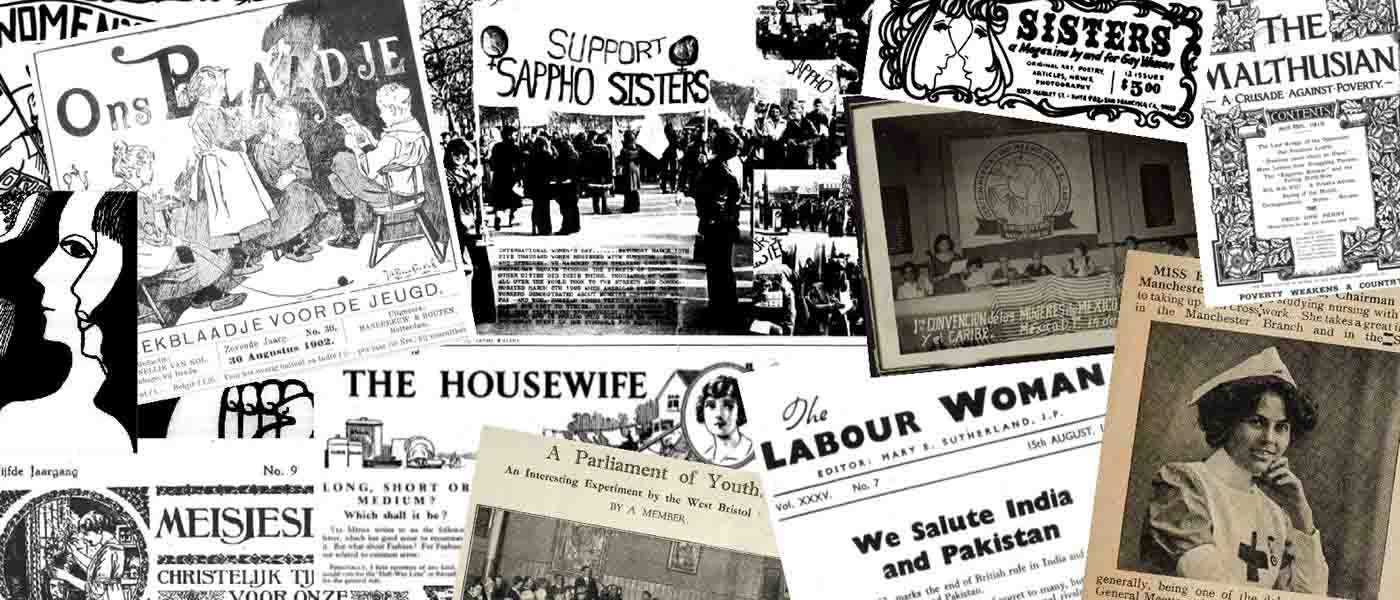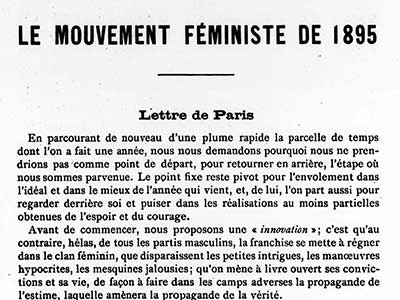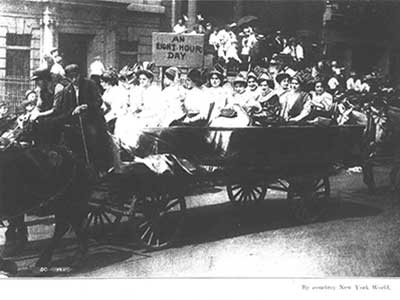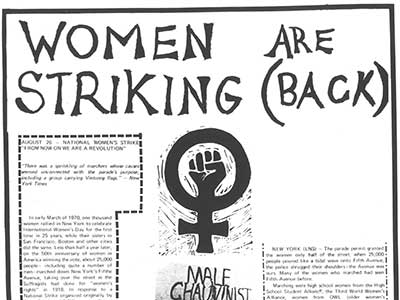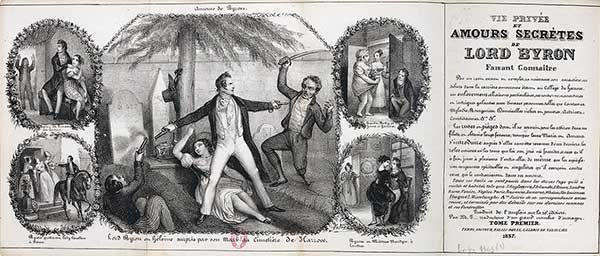The Good, the Bad, and the Ugly
My method is to come up with an idea and then flesh it out. I write up a description of what the concept should be and then develop it through research. Some of the ideas turn out to be dead-ends, some are interesting, but require further development, and some of those ideas actually lead somewhere.
Sometimes, your idea might not make the cut. There are plenty of reasons why seemingly good ideas don’t go anywhere: perhaps the scope was too narrow or too broad; there was not enough interest; the materials turned out not to be available. Nevertheless, just because an idea didn’t pan out doesn’t mean it couldn’t potentially be resurrected at a later date.

“Look at the mess we’ve got ourselves into just because we invited a gringo to eat some bananas.”
- Gabriel García Márquez, One Hundred Years of Solitude
One of those ideas that didn’t pan out started with bananas. I was fascinated by the history of the United Fruit Company. Not only did they grow and distribute bananas, but you could also book cruises on their Great White Fleet, sailing down to the tropics and back. Some of the advertising images I found were inspiring, and the stories I read about the UFC enthralled me to the point where I wanted to learn even more; that was the genesis of an archive concept.
I had an idea to include the United Fruit Company Research Archive in a new collection for Nineteenth Century Collections Online along the lines of 'Mega-Corporations and Monopolies'.
As we can see from this map, the United Fruit Company was so powerful that it operated its own private systems for travel and communication on the island, showing how ingrained and financially powerful it became (click the images to zoom, or view the original here).
(Great Britain. War Office General Staff Geographical Section, and Great Britain. War Office Intelligence Division. "Jamaica Defence Scheme Showing Road and Railway Communications, Telegraphs, Cables and Wireless, IDWO 1295E." British Library: Ministry of Defense Maps, Primary Source Media, 1900-1932. Nineteenth Century Collections Online).
Why the United Fruit Company? It is a fascinating study in monopolies, which is surprisingly good for studying…
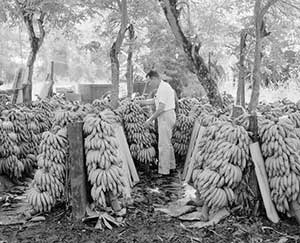
- “Banana Republics”
- Development of Latin America
- Environmental history
- Mega-corporations and monopolies
- Neocolonialism
- Social and political change
- U.S. Government involvement in Latin America
(View the original image from Associated Press Collections Online)
I was engrossed in research, learning all I could about UFC and other monopolies in the early 20th century. UFC offered a fascinating history, yet in spite of being a very interesting subject area, the archive didn't materialise for many reasons. One thing we do when putting together an archive is asking institutions about their thoughts, and we got some mixed feedback on this one:
 Phil Virta has worked at Gale for more than fifteen years in various capacities, most recently as a publisher of digital primary source archives in charge of the Archives of Sexuality and Gender program (and a few others). He enjoys long walks through dusty archival collections, visiting far-flung places, and frequent woolgathering. When he doesn’t have his head in the clouds, he can be found researching new archive ideas, working on his stamp collection, watching squirrels, or planning his next tropical vacation.
Phil Virta has worked at Gale for more than fifteen years in various capacities, most recently as a publisher of digital primary source archives in charge of the Archives of Sexuality and Gender program (and a few others). He enjoys long walks through dusty archival collections, visiting far-flung places, and frequent woolgathering. When he doesn’t have his head in the clouds, he can be found researching new archive ideas, working on his stamp collection, watching squirrels, or planning his next tropical vacation.
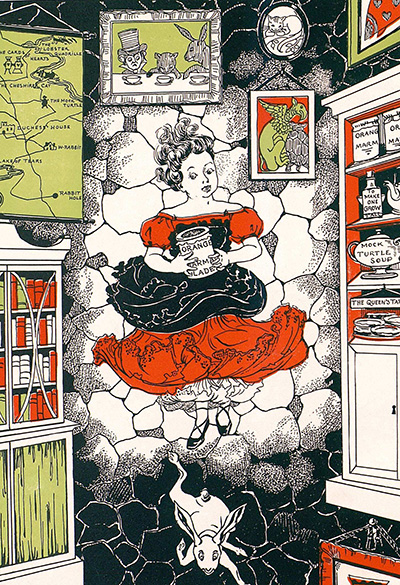 You can describe the creative process in a number of different way…but a fitting one for me has always been going down the rabbit hole:
You can describe the creative process in a number of different way…but a fitting one for me has always been going down the rabbit hole:
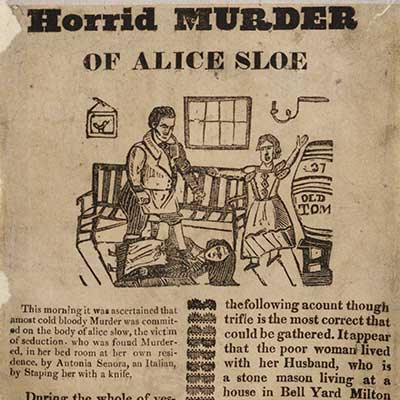
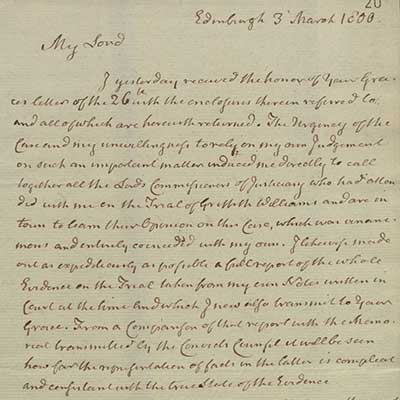
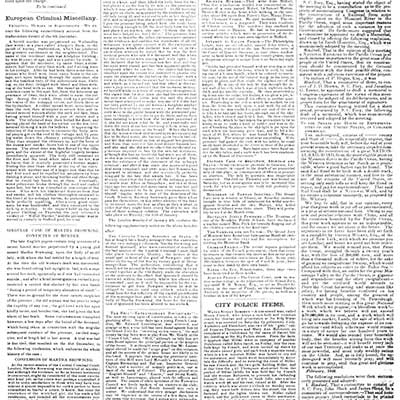
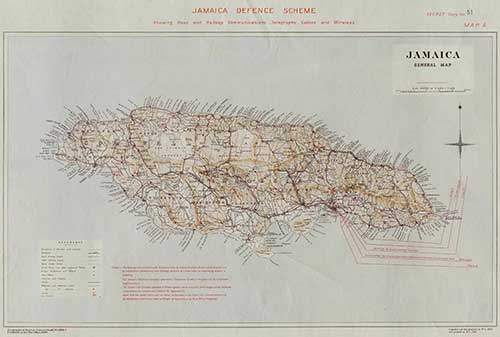
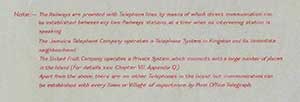

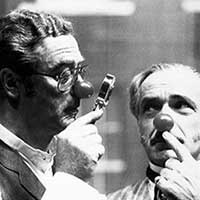 In any venture where you wish to build an archive, it is important to find a critical mass of archival materials. Put simply, this means discovering if there is enough material available from institutional partners to put together a cohesive and scholarly resource. Provided you find willing partners with enough interesting material, and provided the licensing opportunities work out, this could easily form the foundation for an archive.
In any venture where you wish to build an archive, it is important to find a critical mass of archival materials. Put simply, this means discovering if there is enough material available from institutional partners to put together a cohesive and scholarly resource. Provided you find willing partners with enough interesting material, and provided the licensing opportunities work out, this could easily form the foundation for an archive.